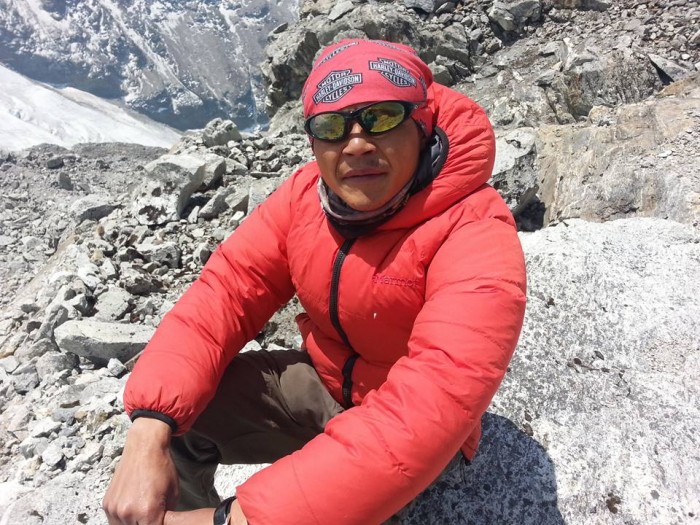Nepal, a land adorned with majestic peaks and rich cultural heritage, is a gem waiting to be discovered. Nestled within this enchanting country lies the historic city of Patan, an epitome of Newari architecture and cultural significance. Its centerpiece, the Patan Durbar Square, is a testament to the country's vibrant past and a UNESCO World Heritage Site that beckons travelers worldwide. A tour package to Patan Square in Nepal promises an immersive experience, unveiling the layers of history, art, and spirituality this city encapsulates.
Unveiling the Jewel: Patan Durbar Square
The Patan Durbar Square is a living museum, adorned with intricately designed temples, shrines, courtyards, and palaces. Its Newari architecture, a fusion of intricate woodwork, exquisite metal craftsmanship, and detailed stone masonry, is a marvel that reflects the city’s rich heritage.
Heritage Sites: The square boasts architectural wonders such as the Krishna Mandir, dedicated to Lord Krishna and a fine example of Shikhara-style architecture. The Vishwanath Temple, dedicated to Lord Shiva, entices visitors with its splendid stone carvings and detailed artwork. The Patan Museum, housed within the former palace complex, is a treasure trove of art and history, exhibiting an impressive collection of religious art, sculptures, and artifacts.
Cultural Immersion: Beyond the architectural splendors, Patan Square offers a glimpse into the heart of Newari culture. Visitors can witness age-old traditions, vibrant festivals, and the daily rituals that permeate the atmosphere, giving a true sense of the local way of life.
The Allure of the Patan Square Tour Package
Embarking on a tour package to Patan Square in Nepal promises an immersive experience that goes beyond sightseeing. Here's what one can expect:
Expert Guidance: Knowledgeable guides accompany visitors, unveiling the historical, cultural, and religious significance of the square, providing insights into the stories and legends hidden within the city's walls.
Local Interaction: The tour provides opportunities to engage with locals, artisans, and craftsmen, offering a chance to witness their skills firsthand. From metalworkers to woodcarvers, visitors can witness the meticulous craftsmanship that has been passed down through generations.
Culinary Delights: Exploring the city isn't complete without savoring the local delicacies. The tour often includes stops at traditional Newari eateries, introducing travelers to sumptuous dishes like momos, Newari Khaja, and the iconic Newari feast, "Samay Baji."
Workshops and Activities: For those seeking hands-on experience, workshops on pottery, thangka painting, and traditional craft-making are often included. This allows participants to immerse themselves in the local artistry, creating their own souvenirs to take home.
Planning Your Patan Square Tour
When considering a visit to Patan Square, here are some pointers to keep in mind:
Best Time to Visit: The ideal time to explore Patan Square is during the dry season, from October to May, to relish the architectural wonders and explore the city comfortably.
Respect for Culture: As Patan is a deeply spiritual and culturally rich city, it's crucial to respect local customs and traditions during your visit.
Accommodation: While Patan offers a range of accommodation options, staying within the vicinity of the square ensures easy access to explore the area at leisure.
Embrace the Tapestry of History and Culture
A tour package to Patan Square in Nepal isn’t just about visiting ancient monuments; it's about immersing oneself in the vibrant tapestry of history, culture, and artistry. The experience lingers long after the trip ends, leaving indelible memories of a city that breathes the essence of Nepal's rich heritage. This journey promises an unforgettable encounter with a cultural treasure trove that stands as a testament to Nepal's glorious past.

 Plan Your Trip Now
Plan Your Trip Now 


